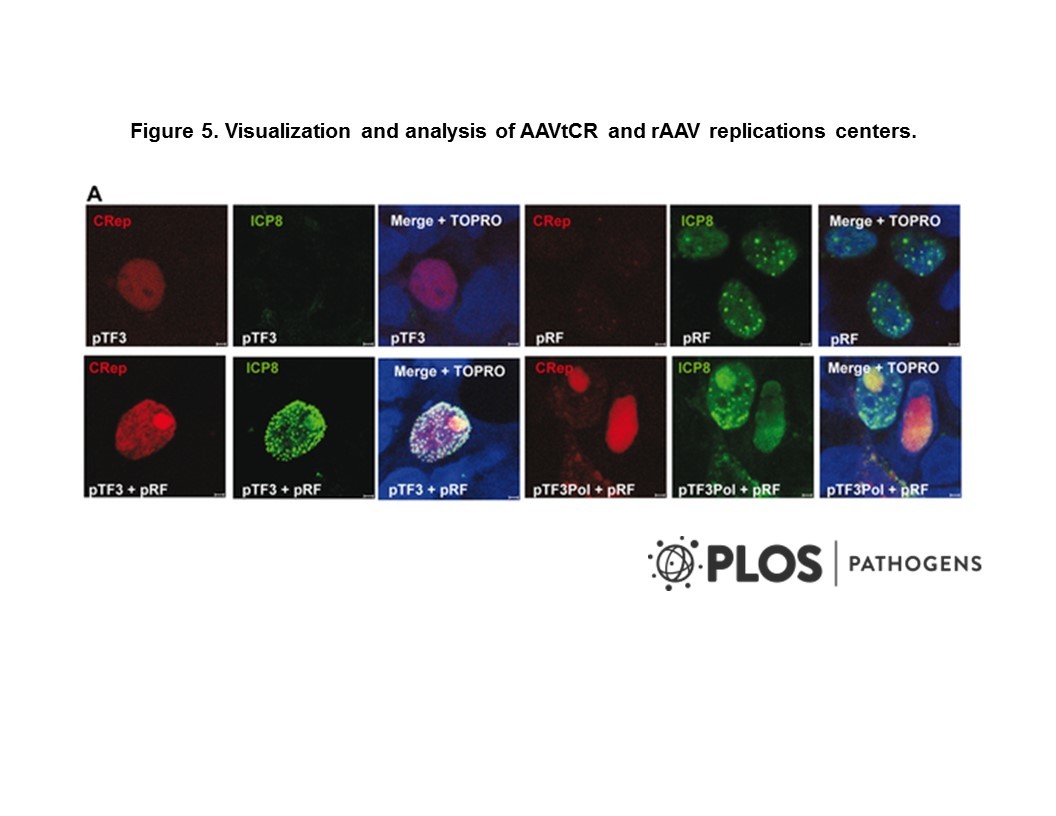
Cat. #152989
Anti-GFAP [FD19-9] mAb
Cat. #: 152989
Sub-type: Primary antibody
Unit size: 100 ug
Availability: 10-12 weeks
Target: Glial fibrillary acid protein
Class: Monoclonal
Application: IHC ; IF
Reactivity: Human
Host: Mouse
£300.00
This fee is applicable only for non-profit organisations. If you are a for-profit organisation or a researcher working on commercially-sponsored academic research, you will need to contact our licensing team for a commercial use license.
Contributor
Inventor: John Kemshead
Institute: Cancer Research UK, London Research Institute: Lincoln's Inn Fields
Tool Details
*FOR RESEARCH USE ONLY
- Name: Anti-GFAP [FD19-9] mAb
- Alternate name: wu:fb34h11, ALXDRD, cb345, etID36982.3, FLJ42474, FLJ45472, GFAP, GFAP_HUMAN, gfapl, Glial fibrillary acidic protein, Intermediate filament protein, wu:fk42c12, xx:af56734, zgc:11485
- Clone: FD19-9
- Tool sub type: Primary antibody
- Class: Monoclonal
- Conjugation: Unconjugated
- Molecular weight: 50 kDa
- Strain: Balb/c
- Reactivity: Human
- Host: Mouse
- Application: IHC ; IF
- Description: Glial fibrillary acidic protein, or GFAP, is an intermediate filament (IF) protein belonging to the type III subclass of IF proteins. Like other IF proteins, GFAP is composed of an amino terminal head domain, central rod domain and a carboxy terminal tail domain. GFAP is specifically found in astroglia, a cell type which is highly responsive to neurologic insults. Astrogliosis is found to be a result of mechanical trauma, AIDS dementia, prion infection and inflammatory demylination diseases, and is accompanied by an increase in GFAP expression. GFAP is an immunohistochemical marker for localizing benign astrocyte and neoplastic cells of glial origin in the central nervous system.
- Immunogen: Relatively benign cerebellar astrocytoma from 5 year old child.
- Isotype: IgG1
- Myeloma used: P3X63Ag8
- Recommended controls: HeLa whole cell lysate
Target Details
- Target: Glial fibrillary acid protein
- Molecular weight: 50 kDa
- Tissue cell line specificity: HeLa whole cell lysate
- Target background: Glial fibrillary acidic protein, or GFAP, is an intermediate filament (IF) protein belonging to the type III subclass of IF proteins. Like other IF proteins, GFAP is composed of an amino terminal head domain, central rod domain and a carboxy terminal tail domain. GFAP is specifically found in astroglia, a cell type which is highly responsive to neurologic insults. Astrogliosis is found to be a result of mechanical trauma, AIDS dementia, prion infection and inflammatory demylination diseases, and is accompanied by an increase in GFAP expression. GFAP is an immunohistochemical marker for localizing benign astrocyte and neoplastic cells of glial origin in the central nervous system.
Applications
- Application: IHC ; IF
Handling
- Format: Liquid
- Concentration: 0.9-1.1 mg/ml
- Unit size: 100 ug
- Storage buffer: PBS with 0.02% azide
- Storage conditions: -15° C to -25° C
- Shipping conditions: Shipping at 4° C
References
- Yang et al. 2007. J Gastroenterol Hepatol. 22(9):1460-8. PMID: 17645461.
- Isolation and characterization of human gastric cell lines with stem cell phenotypes.
- Hagemann et al. 2006. J Neurosci Methods. 156(1-2):194-202. PMID: 16621008.
- High efficiency transfection of glioma cell lines and primary cells for overexpression and RNAi experiments.
- Coakham et al. 1984. Lancet. 1(8386):1095-8. PMID: 6202990.
- Use of monoclonal antibody panel to identify malignant cells in cerebrospinal fluid.
- Garson JA. The development and characterisation of monoclonal antibodies for use in neuropathology. MD thesis. University of Birmingham, 1983



